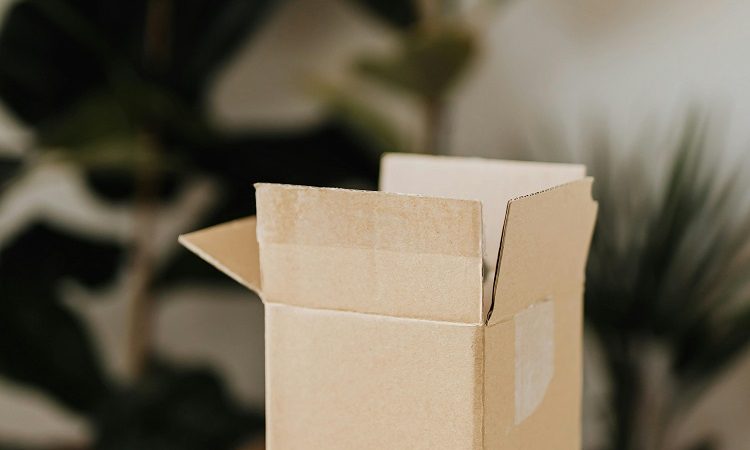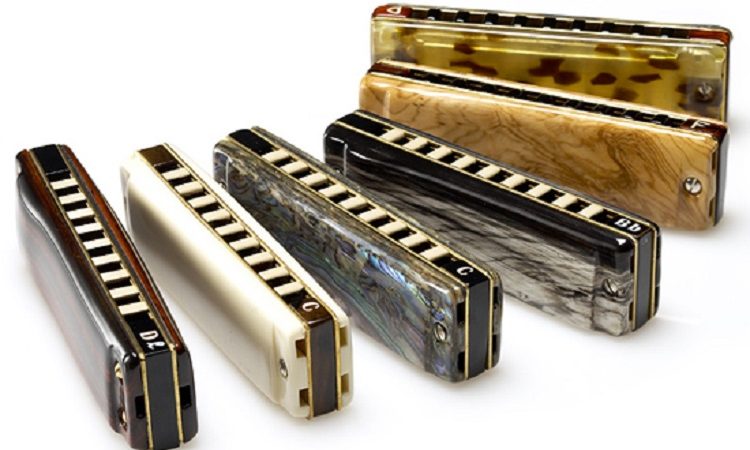Codigo de Barra Perfume
In the world of fragrances, where scents tell stories and memories, there’s a silent language that often goes unnoticed – the barcode on perfume bottles. Every fragrance aficionado has marveled at the intricacies of perfume, but few have taken the time to unravel the secrets hidden within the barcode. The codigo de barra perfume, or perfume barcode, is not just a random arrangement of lines and numbers; it is a coded gateway into the world of fragrance craftsmanship, authenticity, and global trade.
The Origin of Barcodes in Perfumery:
The use of barcodes in consumer goods, including perfumes, originated in the 1970s. Initially designed to streamline the checkout process and enhance inventory management, barcodes have become an integral part of the retail experience. In the realm of perfumery, barcodes serve a dual purpose – not only facilitating the retail process but also acting as a unique identifier for each fragrance.
Decoding the Lines and Spaces:
At first glance, a perfume barcode may appear as a complex web of lines and spaces. However, each element in the barcode serves a specific purpose. The Uniform Code Council (UCC), now known as GS1, standardized the barcode system, ensuring consistency across various industries, including perfumery.
The lines and spaces in a perfume barcode represent numerical values. The width of each line and space determines the value it represents. These numerical values are then translated into a unique identification number for the perfume. This identification number holds information about the manufacturer, product type, and other crucial details.
Unraveling the Fragrance Formula:
Beyond the practical aspects of inventory management, the perfume barcode can also offer insights into the fragrance formula itself. While it doesn’t provide a detailed list of ingredients, the barcode often includes information about the concentration of the fragrance, the type of fragrance (e.g., eau de parfum, eau de toilette), and the product’s size.
For example, a longer barcode may indicate a higher concentration of fragrance oils, suggesting an eau de parfum rather than an eau de toilette. Additionally, variations in barcode length can signify different bottle sizes, allowing consumers to make informed decisions based on their preferences.
Authenticity and Anti-Counterfeiting Measures:
In an era where counterfeit products flood the market, the perfume industry has taken proactive measures to protect both consumers and brands. Barcodes play a crucial role in these efforts. A genuine perfume will have a unique and valid barcode registered with GS1, making it easier for consumers to distinguish between authentic and counterfeit products.
Counterfeit perfumes not only infringe on intellectual property rights but also pose potential health risks. By verifying the perfume barcode with the official GS1 database, consumers can ensure that they are purchasing a legitimate product from an authorized source. This not only safeguards their investment but also guarantees the quality and safety of the fragrance they choose.
Global Trade and Traceability:
As the perfume industry transcends borders, the codigo de barra perfume becomes a key player in ensuring traceability and compliance with international standards. The GS1 system, which underpins the perfume barcode, allows for seamless global trade by providing a standardized method of product identification.
When a perfume is manufactured in one country and sold in another, the barcode serves as a universal key that unlocks information about the product’s origin, composition, and distribution. This traceability not only streamlines logistics but also enhances transparency in the supply chain, enabling authorities to track and manage products more effectively.
The Future of Perfume Barcodes:
In an age dominated by technology, the perfume barcode is evolving to meet new challenges and consumer expectations. With the rise of blockchain technology, some perfume brands are exploring the integration of blockchain with barcodes to create tamper-proof and transparent systems. This innovation aims to provide an immutable record of a perfume’s journey from production to purchase, further enhancing consumer trust and brand integrity.
Moreover, advancements in augmented reality (AR) and smartphone technology are opening new possibilities for interactive barcode experiences. Some perfume brands are experimenting with AR-enhanced barcodes, allowing consumers to scan the code and access virtual experiences, such as immersive fragrance journeys or detailed information about the perfume’s inspiration.
Conclusion:
The codigo de barra perfume, though often overlooked, is a silent storyteller in the world of fragrances. Beyond its role in retail and inventory management, the barcode provides a unique gateway into the authenticity, composition, and global journey of a perfume. As technology continues to advance, the perfume barcode is poised to play an even more significant role in enhancing consumer experiences, ensuring product authenticity, and maintaining the integrity of the perfume industry. So, the next time you pick up a bottle of your favorite fragrance, take a moment to scan the barcode – you might discover a world of information and innovation hidden in those lines and spaces.





